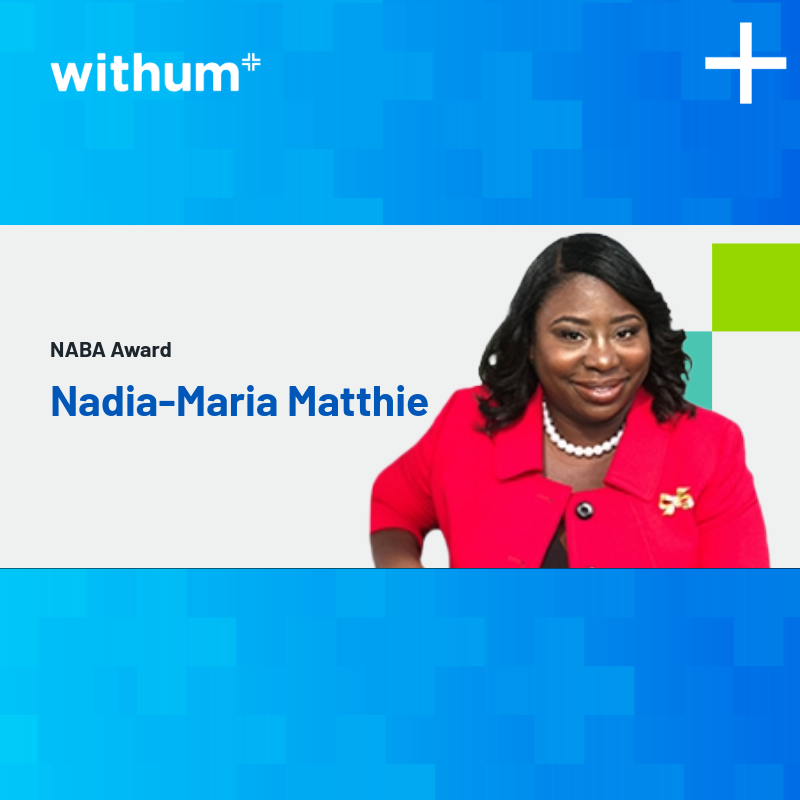The Written Rule:
Employers are required to remit employee contributions to the plan as soon as they can be reasonably segregated from the employer’s general assets, but no later than the 15th business day of the month following the month in which the participant contributions are withheld or received by the employer [DOL Reg. 2510.3-102(b)]. Employers may apply for an extension of 10 days.
What Does The Above Mean?
The term “reasonably segregated” means that as soon as the employer has remitted payroll to the employee, knows whatthe required deposit is for the withheld employee benefit plan contributions, and can segregate the funds from the employer’s general assets, the employer is required to remit the contributions to the custodian. The confusing aspect of the above rule relates to the term “no later than the 15th business day of the month following the month in which the participant contributions are withheld.”
When comparing these two concepts, the DOL has ruled that the “reasonable segregation” requirement overrides the “no later than 15th business day” exception.
Meeting the DOL Requirement:
Making timely participant deposits is an important part of the plan sponsor’s fiduciary responsibility. But how do plan sponsors demonstrate that they have met their fiduciary responsibility? To answer this question, consider the following hypothetical example below, (assumes the plan has 100 or more participants):
INTERPRETING THE CHART:
Based on the limited example, (which is limited in part because it is calculated on actual days and should be based on business days), the Company has demonstrated that the amount of the required withholding can be determined within four days of the date of the payroll. A DOL agent could construe this to be a benchmark for determining lateness of deposits in accordance with the above regulation. Deposits that are considered to be delinquent are considered to be prohibited transactions, which could be subject to excise taxes, plus reimbursement to the Plan by the plan sponsor for earnings lost by the participant due to the lateness of the deposit. For 2009, delinquent deposits are required to be reported on Form 5500 and as a supplemental schedule to the audited financial statements.
| WITHHOLDING DATE | AMOUNT WITHHELD | DATE RECEIVED BY INVESTMENT CUSTODIAN | NUMBER OF DAYS | IS THE DEPOSIT LATE? |
|---|---|---|---|---|
| 1/15/2009 | $12,400 | 1/19/2009 | 4 | Probably Not |
| 3/17/2009 | $12,600 | 3/21/2009 | 4 | Probably Not |
| 5/20/2009 | $13,000 | 5/26/2009 | 6 | Maybe |
| 8/17/2009 | $12,100 | 8/27/2009 | 10 | Probably |
| 9/25/2009 | $10,500 | 9/30/2009 | 5 | Maybe |
| 11/18/2009 | $12,500 | 11/23/2009 | 5 | Maybe |
| 12/5/2009 | $12,700 | 12/10/2009 | 5 | Maybe |
NEW DEVELOPMENT SEVEN BUSINESS DAY SAFE HARBOR FOR SMALL PLANS:
In January 2010, the DOL issued final regulations, which permits pension and welfare plans with fewer than 100 participants, a seven business day window to remit the participant’s deposit. The seven business day window starts from the date of receipt by the employer (in the case when the participant makes a payment directly to the employer) or the payroll date (in the case when the employer is withholding elective deferrals on behalf of the participant). This seven business day safe harbor is not available to plans with 100 or more participants. Such plans should continue to follow the rules above.
FIDUCIARY RECOMMENDATION:
Fiduciaries are well advised to have their staff track timeliness of deposits in a table or format similar to the above example, in an effort to demonstrate their responsibility over this process. Differences between normal trends should be explained to further demonstrate this responsibility. Documentation is the key!
For more information about our Employee Benefits Services, fill in the form below and our team will be in touch.
How Can We Help?


